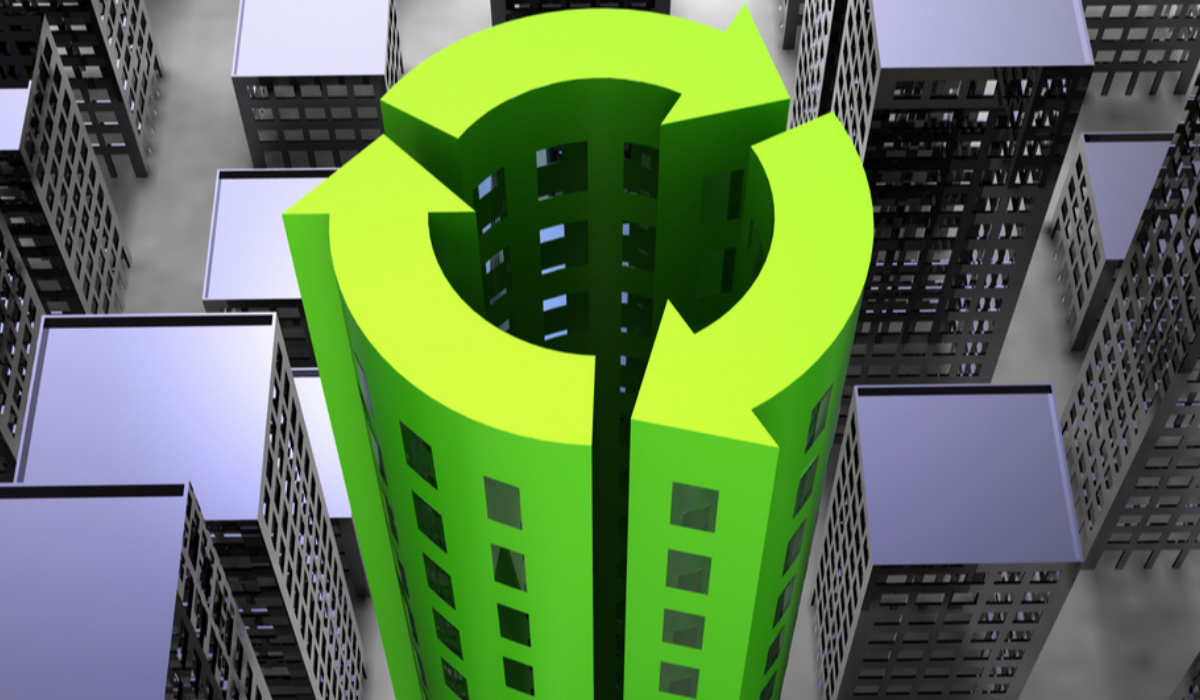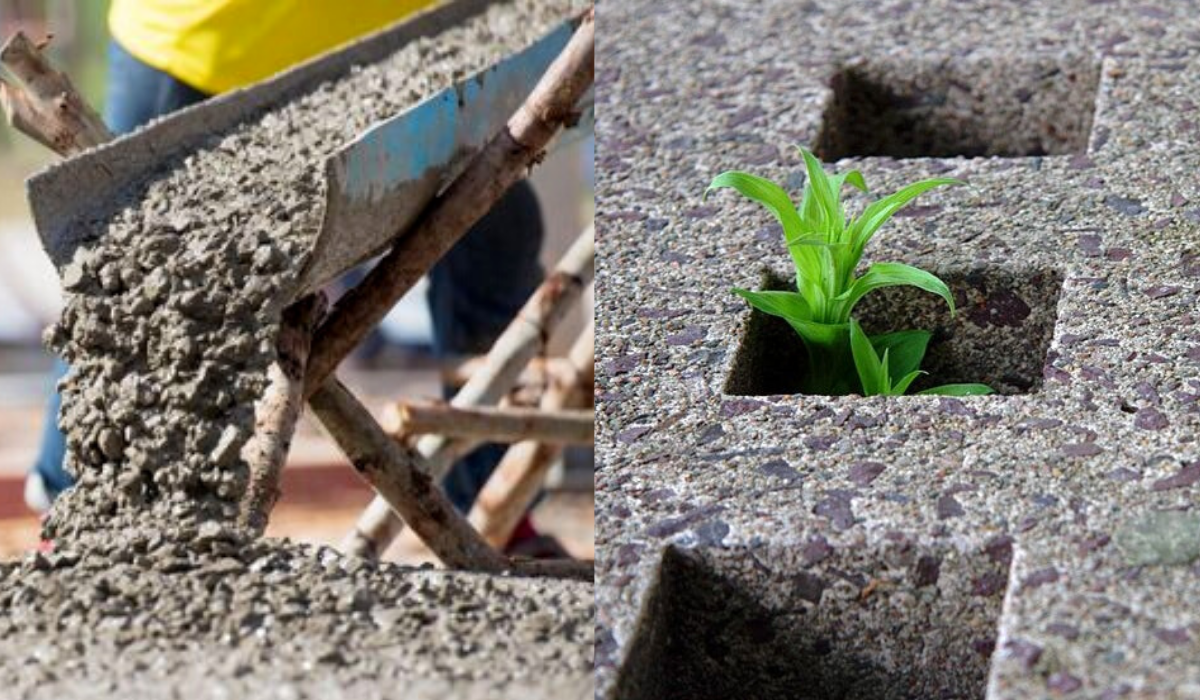Architectural design is a combination of graphical and theoretical solution to a problem, such as residential design, industrial design, institutional design, religious design, and commercial design. The solution take the forms of plans, elevations, sections, details, perspective, graph, analysis of proposed and existing features. The solution is dependent on how creative an architect is. We talked from trends in 2021 to the role of technology in architecture with architect Ghazi Majali.
Can we get to know you, what are you doing?
I am an architect by training and background. After graduating in 2012 and working primarily in industrial architecture, designing utilities buildings and districts, I became interested in growing beyond the typical role of designing buildings for clients and taking on issues that address the wider urban scale. In 2019, I at IE Business School to broaden my skillset to match my vision, and further explore my interest in sustainable development. Following that, and in addition to freelancing as an architecture advisor representing clients as they work in architecture projects. I am also working alongside the WorldGBC and UN-Habitat on the Sustainable Reconstruction and Urban Regeneration Guidelines as the project’s Technical Project Coordinator.
The Sustainable Reconstruction and Urban Regeneration Guidelines that we are compiling address the very relevant topic of city reconstruction in the MENA region based on the Build Back Better approach as proposed by the Sendai Framework for Disaster Risk Reduction. Urban areas and essential infrastructure across Syria, Iraq, Yemen, Libya, Lebanon and Gaza have suffered large-scale damage and destruction due to multiple recent and ongoing conflicts. Estimates suggest that over 560 billion USD will be needed across the region to repair and rebuild what was previously there. The guidelines, which we are aiming to publish soon, is a document that highlights key issues, approaches and methods to propose bespoke solutions to sustainably reconstruct damaged cities in the MENA region and beyond. The outcomes will be used by international and local donors, NGOs, public entities, manufacturers, suppliers, consultants, contractors, and of course the communities as they navigate through the difficult and costly process of rebuilding their cities.
Working on the guidelines for me is something that is both enjoyable and purposeful. I believe it can create positive impact on a relevant topic on the MENA region as it faces its many challenges today- addressing reconstruction and urban regeneration through exploring approaches in efficient resource utilization, environmental and climate resilience, sustainable mobility and accessibility, integrative social and economic resilience, health and well-being, and heritage.
There are more similarities than differences inarchitecture across the globe that has been driven by communities’ needs as they design their structures to respond to their particular climate and social context.
What do you think are the similarities or differences between Asia-Pacific architecture and European architecture? Have they been influenced by local characteristics or is there a global language in architecture now?
There are more similarities than differences inarchitecture across the globe that has been driven by communities’ needs as they design their structures to respond to their particular climate and social context. Now, as always, people have been innovatively reshaping the resources in their immediate surroundings into structures that can not only adequately shelter them from the elements, but also to reflect their traditions, beliefs and ambitions.
While the increasing globalisation of ideals, supply chains, and cheap technologies are able to sway the architectural forms in different locations to either diverge or converge – emerging technologies and trends have an enormous potential to positively disrupt the industry and communities if they are adopted fittingly and responsibly.
The cases where there are differences are exciting, especially for the end-user in which architecture goes in the direction of customization and experiential design with the advancement of the ‘Internet of Things’ (IoT) and parametric design. Cases that have similarities are also inspiring where a humanitarian global language is growing stronger. It calls for making affordable housing, sustainable building, and more recently, the health and well-being of the building occupants possible with the use of cutting-edge tech as tools that optimize the local designs to reach those ends.
By integrating digitisation and IoT into our homes, living spaces can become responsive to the physiological changes
We hear a new concept called smart homes. How does technology shape the architectural designs of the future?
Technologies and smart homes in particular can be great tools that allow us to enhancethe spaces that we live and work in. By integrating digitisation and IoT into our homes, living spaces can become responsive to the physiological changes and personal preferences of its occupants and adjust to the microclimate conditions as well – sometimes controlling building shading systems to the correct the amount of natural lighting entering a space, to tweaking HVAC (heating, ventilation and air-conditioning) settings to balance the internal and external temperatures. In addition to sound and motion activation of security, entertainment, and other systems in our homes and offices.
Technologies are also enabling more streamlined and collaborative design and quicker construction processes that reduce overall and transaction costs. Building Information Modelling (BIM) has been in use for this purpose for many years now, and not only allows a person to view a digital prototype of the building with all its components, but also enables consultants and contractors to accurately estimate material quantities and costs, simulate energy usage and light penetration throughout the year, create animated walkthroughs and identify clashing building systems before reaching the construction site. In the near future, combining BIM with simplified AI (Artificial Intelligence) will become a reality that eases design processes for architects with algorithms that reorganise spaces according to a set of defined design constraints. Additionally, Big Data will project numerous possibilities to an urban scale where smart cities will contain systems that gather all sorts of information that can ease traffic flows and reduce pollution as an example.
There is an exciting future ahead when it comes to the impact of advancing technologies and the industry.While the aforementioned examples and many more can make our cities, living, and work places friendlier to people and the environment – technologies can never be the ultimate solution to every problem that we face, and the decision maker; be it an individual, company, or public figure needs to be adequately able to identify urban or building issues and determine the suitable and comprehensive solutions to that issue.
In 2021, a trend that is gaining momentum from sustainability and the Covid-19 pandemic is designing and building for human health
Do you think there is a trend in architecture? If so, what are the new trends in architecture for you? For example, what are the architectural trends of 2021?
In 2021, a trend that is gaining momentum from sustainability and the Covid-19 pandemic is designing and building for human health. It was realised that people spend most of their days indoors without the added isolation measures that went into place world-wide, and both the physical and mental health of building occupants should be taken care of. From indoor air quality, to lighting quality, to ergonomically and physiologically designed rooms and biophilic design. These measures and many others are becoming mainstream as health concerns are a growing issueforfamilies, employersand governments. On a city scale, initiatives that encourage pedestrianism and bicycle use inmixed-use neighbourhoods are being proposed as measures that improve the health and well-being of residents. The WELL rating tool is relatively new andassists designers to create healthy buildings, while the Sustainable Reconstruction and Urban Regeneration Guidelines areamong the first guidelines in the MENA region that place human health and well being at an even keel with other design considerations.
Another important trend that gets stronger every day is green buildings, whereas buildings are designed and built for the needs of the present generation without compromising the needs of future generations. According to the WorldGBC, buildings and construction account for 39% of energy related CO2 emissions. This is an enormous figure that professionals from across the industry are increasingly trying to curb through their own individual contributions in a project’s life cycle. Guided by the Paris Agreement and the UN Sustainable Development Goals (SDGs), numerous initiatives are gaining traction, such as Zero Carbon Buildings for All, that aim to reduce companies’ carbon emissions to zero. There are also green building rating tools that incentivise developers to build green buildings, such as LEED certifications and variousothers.
Architecture is a unique art in its utility to people. The underlying concept that lies behind designing for health and the environment, is that architecture and by extension the city represent peoples’ homes and should be made to be places of comfort, safety and dignity. This notion of architecture needs to be at the forefront of our thinking as professionals and citizens of the MENA community, as long ongoing crises in the region are causes and effects of serious issues such as affordable and equitable housing, property and land rights, and urban governance.
Deciding on the look and feel of a building, defining the sustainability goals in the pre-planning stage is crucial to creating a sustainable building.
How does the architectural design process work in sustainable buildings?
Two factors are essential in creating sustainable buildings; having an integrated design approach from planning the design of the project until the end of construction, and defining sustainability as one of the project goals as early in the process as possible. These essential approaches are referred to in every sustainability standard and rating tool out there, and are laid out in a simplified way in the Sustainable Reconstruction and Urban Regeneration Guidelines as well.
In addition to deciding on the look and feel of a building, defining the sustainability goals in the pre-planning stage is crucial to creating a sustainable building. The most impactful decisions for sustainability are made at this stage, as they are ones that are not easily changed down the line and can affect the look and feel, the upfront project cost, and timeline to design and build. Other decisions will then follow as the design moves forward. Such considerations include the building location, size and orientation, which makeup a large chunk of savings from the big heating, cooling, and ventilating strategies.
Since these high-level decisions have significant impact, they require expertise, important information that relate to the site and the client’s desires be gathered, disseminated and discussed. Then, informed decisions can be made early-on and have great value to the process and the outcome. Integrated design means the inclusion of all the project team members, starting from the client, the designers and builders, to the operators, and as much as possible from early on and in all phases of the design process. In this process, each team member should retain responsibility for his area, and utilise his expertise to identify efficient systems that not only achieve higher sustainability standards and operational performance, but also to cut project costs and time to completion.
Each team member is expected to simultaneously work collaboratively with their peers to achieve not only their own goal, but to also contribute positively to the goals of the others as well. Project team members from all design and engineering disciplines are encouraged to explore applicable and sustainable design, construction and operation systems and apply them in the project’s context. The team members should then focus on incorporating the interrelationships between the systems and draw innovative and efficient solutions. While implementing this approach will involve more effort by all stakeholders throughout a project, it has demonstrably created more sustainable buildings, and prevented the need to make changes at later stages of construction and reduced the incurrence of additional costs and delays.
Biophilic design intends to bring building occupants more closely to nature in order to improve their mental health
What is biophilic design? How does it contribute to our health?
Biophilic design intends to bring building occupants more closely to nature in order to improve their mental health. There is plenty of evidence in the guidelines that demonstrate the positive effects of nature have on the well-being of occupants when exposed to it. There are incalculable benefits to the physical, cognitive and psychological health of people that materialize and contribute to life satisfaction and positive emotions. For example, maximizing the use of natural light whenever possible improves sleep and physical activity, while over-use of artificial light (especially from electronic displays) during the night-time have a detrimental effect on sleep. Noise controls such as sounds of nature can reduce fatigue and memory distraction.
Many elements of nature may be integrated into peoples’ built surroundings. Such elements can provide comfort that engages any number of the five senses; including vegetation, natural lighting and air-flow, natural materials, textures, forms, patterns and movements, and even just a visual connection to the outdoors can provide positive impacts. By implementing strategies such as these in building and urban planning and design, nature is placed as the focus from which urban life can grow and evolve from. Biophilic design will thusly translates to healthy and active forms of transportation, green infrastructure, renewable energies, and the preservation of nature and the growth of new natural forms and of the cultural, organizational and civic forms of organization, understanding and regulation as well.
Ghazi Majali
Architect
Writer: Sibel MAZREK





